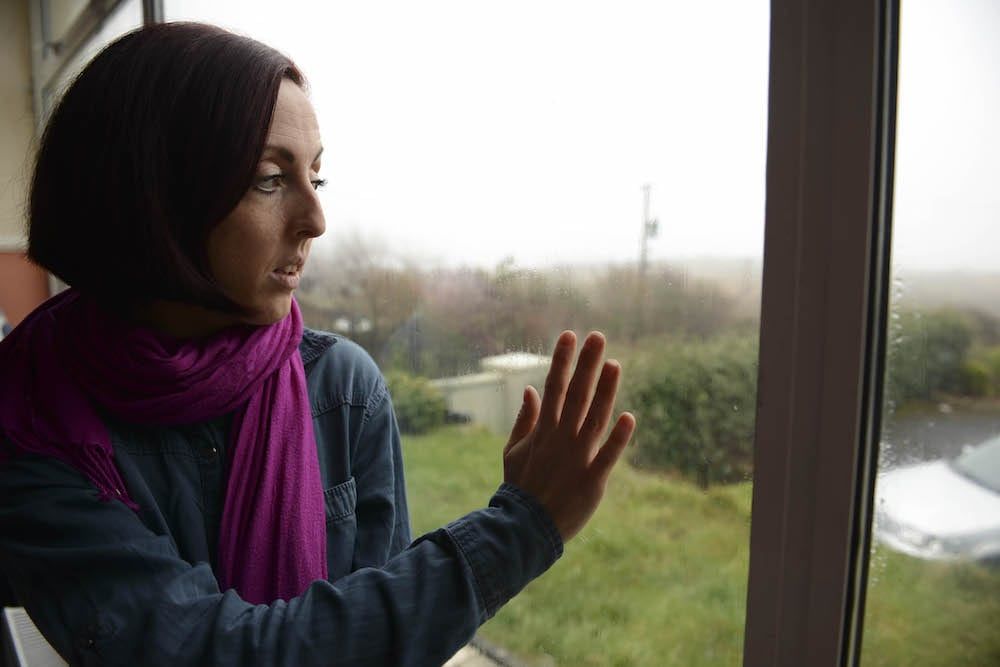
A dramatic rise in suicide rates among girls aged 10 to 14 has prompted doctors to urge parents to talk to their kids about their feelings.
Suicide is the second leading cause of death among Americans aged between 10 and 19-years-old, according to the new study.
Historically suicide rates were consistently higher among young men than women – but the gap is beginning to close, say researchers.
Since 2007 the number of females taking their own lives has disproportionately soared, in particular deaths by hanging and suffocation.
According to the study by Nationwide Children’s Hospital in Columbus, Ohio, the increase was alarmingly more prevalent among girls aged between 10 and 14.
Researchers analysed figures from 1975 to 2016 relating to suicide deaths among teenagers and children.
It was discovered that there was a downwards trend in suicide rates for both sexes across the USA in the early 1990s.
Overall levels increased from 2007, but there was a clear disparity between rates among young men and women.
The study, published in JAMA Network Open, overturned previous belief that women only suffered higher rates of suicidal behaviour, rather than death.
Co-author Dr Jeff Bridge, director of the Centre for Suicide Prevention and Research, said that, historically, women thought about or attempted suicide – but were less likely than men to go through with it.
He said: “One of the potential contributors to this gender paradox is that males tend to use more violent means, such as guns or hanging.
“That makes the narrowing of the gender gap in suicide by hanging or suffocation that we found especially concerning from a public health perspective.”
The researchers said more studies are needed to further analyse gender-specific risk factors that have changed over the years and what can be done to prevent suicide rates climbing even more.
Post-doctoral researcher Dr Donna Ruch added: “Overall, we found a disproportionate increase in female youth suicide rates compared to males, resulting in a narrowing of the gap between male and female suicide rates.
“From a public health perspective, in terms of suicide prevention strategies, our findings reiterate the importance of not only addressing developmental needs but also taking gender into account.”
Dr Bridge urged adults to talk to teenagers about suicide and said direct conversations will not trigger suicidal thinking or behaviour
He added: “Parents need to be aware of the warning signs of suicide, which include a child making suicidal statements, being unhappy for an extended period, withdrawing from friends or school activities or being increasingly aggressive or irritable.
“If parents observe these warning signs in their child, they should consider taking the child to see a mental health professional.”